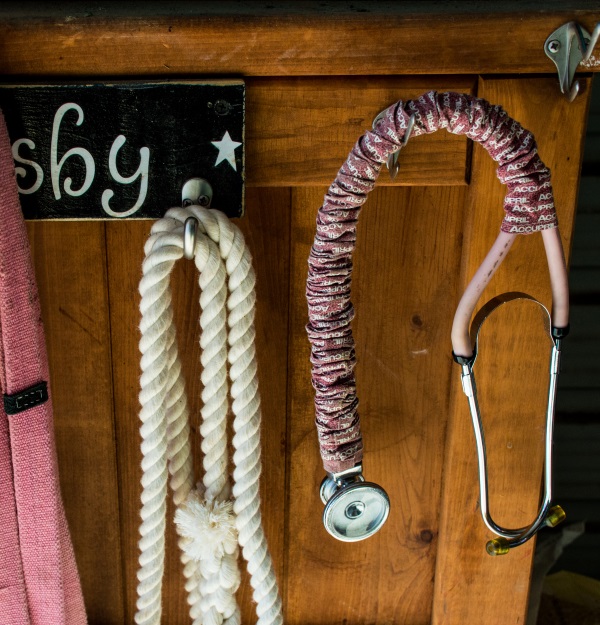Checking Your Horses Vital Signs
As a nurse, I am very familiar with vital signs. Temperature, pulse, respiration, blood pressure, weight and pain. A lot of times they call pain the fifth vital sign. But for horses, you can’t really check their blood pressure, so as a horse owner you can cross that off your list of needing to know how to do. But for the remaining vital signs, do you know how to check them on your horse? If you don’t, it’s time to learn.
In the event of an emergency it will be very helpful for your vet, and also your own peace of mind if you can check your horses vital signs. It will help to give you more information of the overall picture of what is going on with your horse. When gathering the information, there are several areas you should know, and know how to check:
- Temperature
- Pulse
- Respirations
- Gut Sounds
- Mucous Membranes
- Pain
These are things I routinely check on my horses, which makes it easier to do in the event I have to call the vet. I just do it. Mainly to help me to determine if something is wrong with my horse, but if I need to call the vet I want to have as much information as possible to report to them. And I wanted to share this with you, so you too will know how to check your horses vital signs.
What You Will Need
IN order to check your horse’s vital signs, it is a lot easier of you have the tools. Thankfully, medical equipment has become very affordable, and you can get all of these items for less than $30.00, thanks to Amazon!
- Stethoscope
- Digital Thermometer
- Digital watch with easy to read display, or stopwatch (I use my Fitbit)
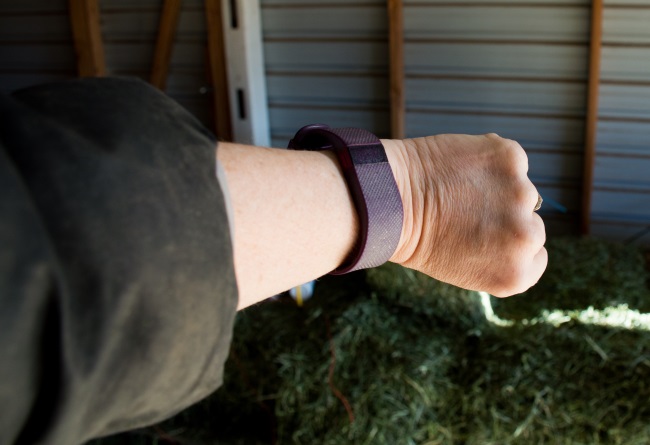
Temperature
An adult horse has a normal temperature range of 99.5 F to 101.5 F (37.5 C to 38.6 C). And there is only one way to take your horse’s temperature, and that is rectally. It isn’t the easiest task, but with practice you will get better at it.
The easiest way to do this is with a digital thermometer. They are very affordable, and simple to use. One word of caution, be sure to tie a long rope or ribbon on your thermometer BEFORE you insert it into your horse’s rectum! You don’t want to call the vet and tell them you lost the thermometer in your horse’s butt while trying to take his temperature! By tying a ribbon or string around the thermometer will prevent it from being lost while you are waiting for the temperature to register. You will also need a lubricant, like Vaseline.
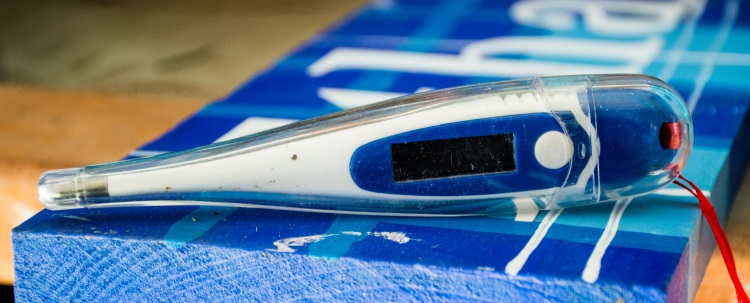
When checking the temperature, it is best to have your horse tied, or have a helper. Stand at your horses side, Never stand behind him, or you run the risk of getting kicked. Then apply some lubricant (Vaseline) to the end of the thermometer that will be going into your horse.
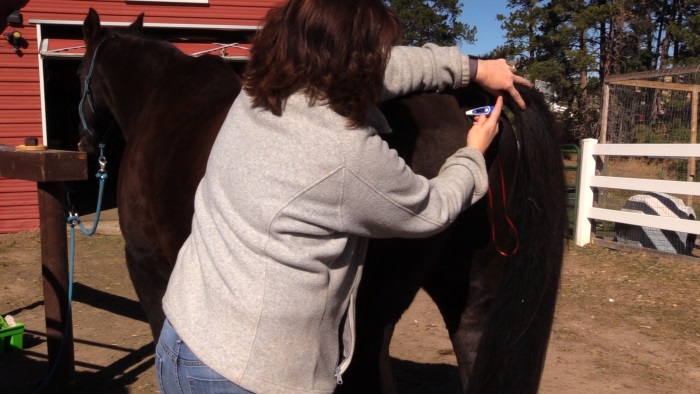
Turn the thermometer on, and insert it gently into the rectum. It will usually beep at you when it is done reading the temperature. I prefer to keep a hold of the thermometer, so it doesn’t get sucked in.
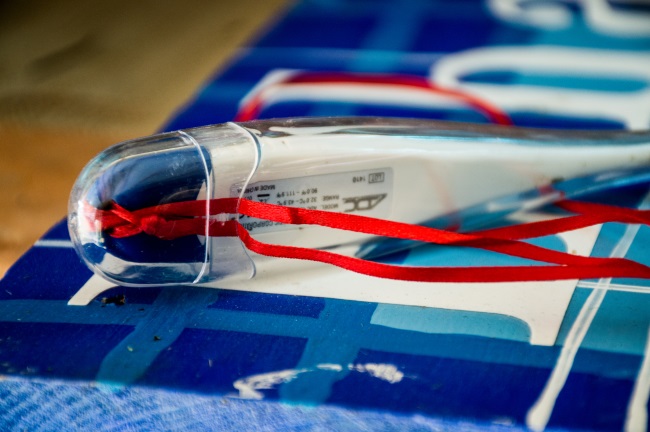
When you are done, be sure to clean off the thermometer and put it back into its case so it will be ready to go when you need it again. It’s also important to have a spare battery, and make sure your battery is working at all times. You would hate to have a dead battery in your thermometer when an emergency happens.

Pulse
At rest, an adult horse has a normal heart rate (pulse) of 32-36 beats per minute. And it is easiest to check your horses heart rate if you have a stethoscope. You don’t have to get the fancy-shmancy Littmann type stethoscope.
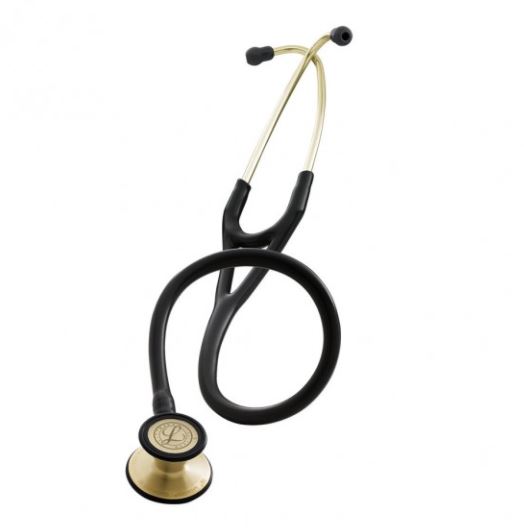
A simple stethoscope will work just fine to hear your horse’s heart beat. I prefer the sprague style stethoscope. You can hear really well with it, and they are very affordable. I use one that belonged to my mother. She was a cardiac (heart) nurse for many years. And if it was good enough for listening to people’s hearts, it is plenty good to listen to my horses.
To check your horse;s heart rate with a stethoscope, stand on his left side, and just behind is front leg, apply the diaphragm of the stethoscope to his lower body, just where his body and his leg meet. You should be able to hear the “boom” or the “lub-dub” of the heart beat. Don’t count the lub-dub as 2 heartbeats, it is only one.
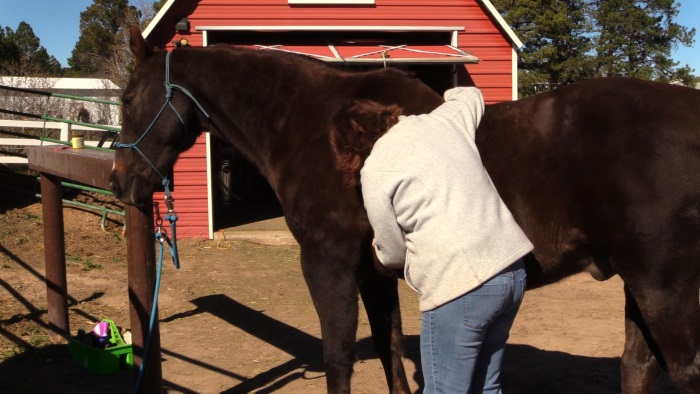
Again, this will be easier if your horse is tied up, or you have a helper. If you don’t, it can be done, it will just be a little more challenging, because you need to time the heartbeats for a full minute. This is no easy task if you are trying to hold your horse, apply the stethoscope, and watch your watch! So if you can, tie up your horse or have someone hold him so you can concentrate on the heartbeats.
Once you have found the heartbeat, start your watch and count the beats for one full minute. I don’t like to cheat on this. I time it for a full minute to make sure I get all of the beats. If your horse’s pulse rate is over 100, this is an emergency situation, and you need to get your vet out to your horse right away.
Respirations
Respirations are how many times a minute your horse is breathing. And to get even more technical, how is he breathing? Is it shallow? Is it labored? Is it rapid or irregular? All of these little specifics can help you (and your vet) to determine what is going on with your horse. But to keep it simple, let’s just focus on how many times a minute your horse is breathing.

The normal respiratory rate for an adult horse is between 8-12 breaths per minute. I know, not a lot right? Did you think it would be higher? I know I did. But to check your horse’s respirations, you can put your hand at his nose, and count every time you feel his breath on your hand. You can also use your stethoscope to help you “hear” when he lets the air out. You can also use your stethoscope on his neck, in the area of his trachea. You will be able to hear the breath as it passes through. Personally, I like to hold the stethoscope close to his nose, and listen that way.
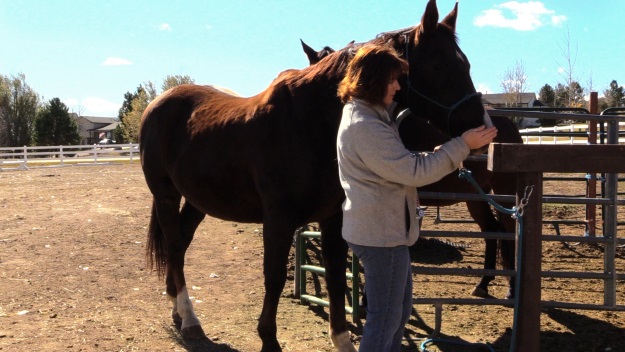
But again, using your watch, you will time the breathing for one full minute. the in and out counts as one respiration.
These 3 vital signs are the most important to learn. They are typically called T-P-R. (Temperature, pulse and respirations) Practice doing these with your horse on a regular basis. The more you practice, the more proficient you will become. It will also help you to determine what is normal vs. abnormal for your horse. And another thing to point out is that if you think you might forget the numbers, write them down! This can be helpful, especially if you are going to be checking vital signs every half hour or so. If you write them down, you can tell if things are staying the same, getting better, or getting worse. I also have a clip board in my barn where I write down my horses vital signs when I check them. I will typically do this once a week. This gives me a pretty good baseline for each of my horses.
Other Useful Vital Signs
There are other vital signs that are helpful to know how to take. Do you know how to check for gut sounds, or if your horse is dehydrated? If you don’t, keep reading for an easy explanation!
Gut Sounds
It is very simple to check for gut sounds. But you may be wondering, what exactly are gut sounds? Gut sounds is the noise of food passing through the intestines of the horse while he is digesting his food. The sounds to be heard are a mixture of gurgling, growls, tinkling sounds, and occasionally “roars” as grumbles in the normal horse. But when something is wrong, these sounds can become less active, or in a worst case scenario completely absent. Listening to a horse’s abdomen when nothing is going on is a horrible thing to hear. (Don’t ask me how I know this, just trust me, it’s very bad.)
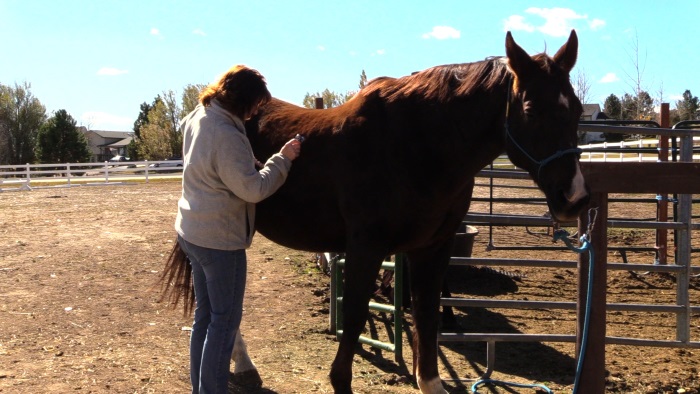
When checking for gut sounds, you want to listen at your horse’s belly front and back, and on both the right and left side. The horse has a very intricate GI tract, and you need to listen to all four areas in order to help determine if everything is normal. And if you are worried, and you have listened to your horse’s gut, you can really help your vet by telling them what you are hearing in each area of his gut.
All you do is run the stethoscope along his belly, and listen. Write down the quality of the sounds. Is it really active in the front left? Or absent in the right back? The sounds and quality of the sound can help your vet determine if there could be a problem.
Mucous Membranes
The mucous membranes are basically your horse’s gums. They should be pink, and moist. If they are not, this can signal dehydration. You can also check the capillary refill by gently pressing on the gums. When pressed, the gums will turn white. The cap refill is how fast they return to the normal pink color.
Normal cap refill is about 2 seconds. Longer than that shows a decreased circulation rate.
Pain
Pain is sometimes difficult to determine in horses. But generally, you can tell when your horse is in pain. Is he lethargic? Is he mopey? How do his eyes look? Are they bright, or half shut? When a horse is in pain he can be aggressive, or listless. He can be extra quiet, or just not quite right.
By paying attention to how your horse is acting, and writing it down, or reporting it to your vet, can help a lot. If there is an injury, your horse may be favoring a leg, or refusing to put weight on it.
Just pay attention to how your horse is acting, and gather as much information as you can to report it back.
Help Your Vet, Help Your Horse
Knowing how to check your horse’s vital signs is something every horse owner should know how to do. In case of an emergency, this can help speed the treatment plan for your horse. It also gives you an opportunity to be with your horse more. And like I said in the beginning of this, by practicing checking your horse’s vital signs when everything is ok will make it much easier to do in an emergency.

So practice, practice, practice. Spend a little bit of money and add a stethoscope and a digital thermometer to your first aid kit. I promise you, it will be worth the money. And you will also have peace of mind knowing you can do this. With practice you will become a pro at knowing how to check the vital signs of your horse. And this is a skill you will need as a horse owner. So stop putting it off, get out there, and check your horse’s vitals!
